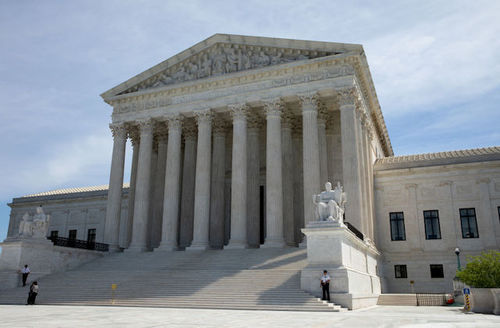My daughter is now 10 years old. This means in eight years she’ll be off to Spelman College in Atlanta to become the best she can be at the best HBCU in the country. I remember announcing on this here website that her mother was pregnant. Oh, how time flies. While my daughter can go wherever she wants—and I will be fine with whatever she decides to do with her life as long as it’s what she wants to do—if you ask her right now, she’ll tell you Spelman. Look at gawd.
This means I need to make her HBCU-ready. Or at least make sure she ain’t like waaaaaay too many folks I know who went to HBCUs who weren’t up on various parts of the game. It was quite illuminating. One thing that I learned at Morehouse College is that even though it’s a black school, so many of our experiences were vastly different. I know we are not a monolith but you’d think some things translated across the African-American diaspora. Well, since I’ve found that to be untrue, I will ensure that my children are prepared to not be outsiders to any of the more standard facets of black culture so that there will be no blackness shaming up in nobody’s dorm as niggas break out the decks of cards. Here are seven black-ass things I will make sure my chirrens are up on.
1. How to play Spades
My kids will not be the ones who don’t know how to count books or even understand how the game is played. They will know how to play Joker-Joker-Deuce-Deuce, know proper Card Slap Etiquette and how to score. Basically, one weekend a month, my home will be a Spades camp. Feel free to send your kids if you don’t know how to play. I will accept cash or money orders and I’m not going back and forth with you niggas about it. Also, Uno.
2. How to do the Electric Slide
At no point will they be outsiders at weddings, funerals, cookouts, family reunions or random warm, sunny days on the yard. Where there are two or more gathered in the name of blackness, a line dance is threatening to break out.
3. The significance of Frankie Beverly & Maze’s “Before I Let Go”
Black staple. Call it the Urban Swingline. See what I did there? My chirrens will know how to bust out the Electric Slide to this song AND KNOW this means its time to go at the club, or it’s time to really enjoy yourself at the cookout. But most importantly, they will know the best time to unleash the song. Dracarys! Do you see what I did there?
4. Cameo’s “Candy” for the same reason as “Before I Let Go”
And because Beyoncé really does care about the people, she put them both together in one song so everybody can win at the same damn time. By the time my kids are in college, presumably at HBCUs, I believe Bey’s version will be the pre-eminent version.
5. At least the whole first verse to “Lift Ev’ry Voice and Sing”
I know maybe one person who knows the entire second and third verses of this song. Most of us just hum. But anybody making you sing past the first verse is a masochist anyway, so as long as they have the first verse down we Gucci and I’ve done my job.
6. The black classic movies
Brown Sugar, Coming to America, The Color Purple, Love Jones, Love & Basketball, The Best Man, Boomerang, Boyz N The Hood ... I could keep going. There will be watch sessions of them all. Multiple times. Won’t be nobody talking about, “YOU HAVEN’T SEEN LOVE JONES!” to my kids. No siree, Bob.
7. The Autobiography of Malcolm X
This will happen. Because it must happen. Because it will always be one of the most important books ever. They will also read Zora Neale Hurston’s Their Eyes Were Watching God and pretty much as many of the books on my black shelves as possible.
I know there are as many different ways to be black as there are black people on the planet. But my kids won’t be deficient in any of the aforementioned ways dammit.

Comments